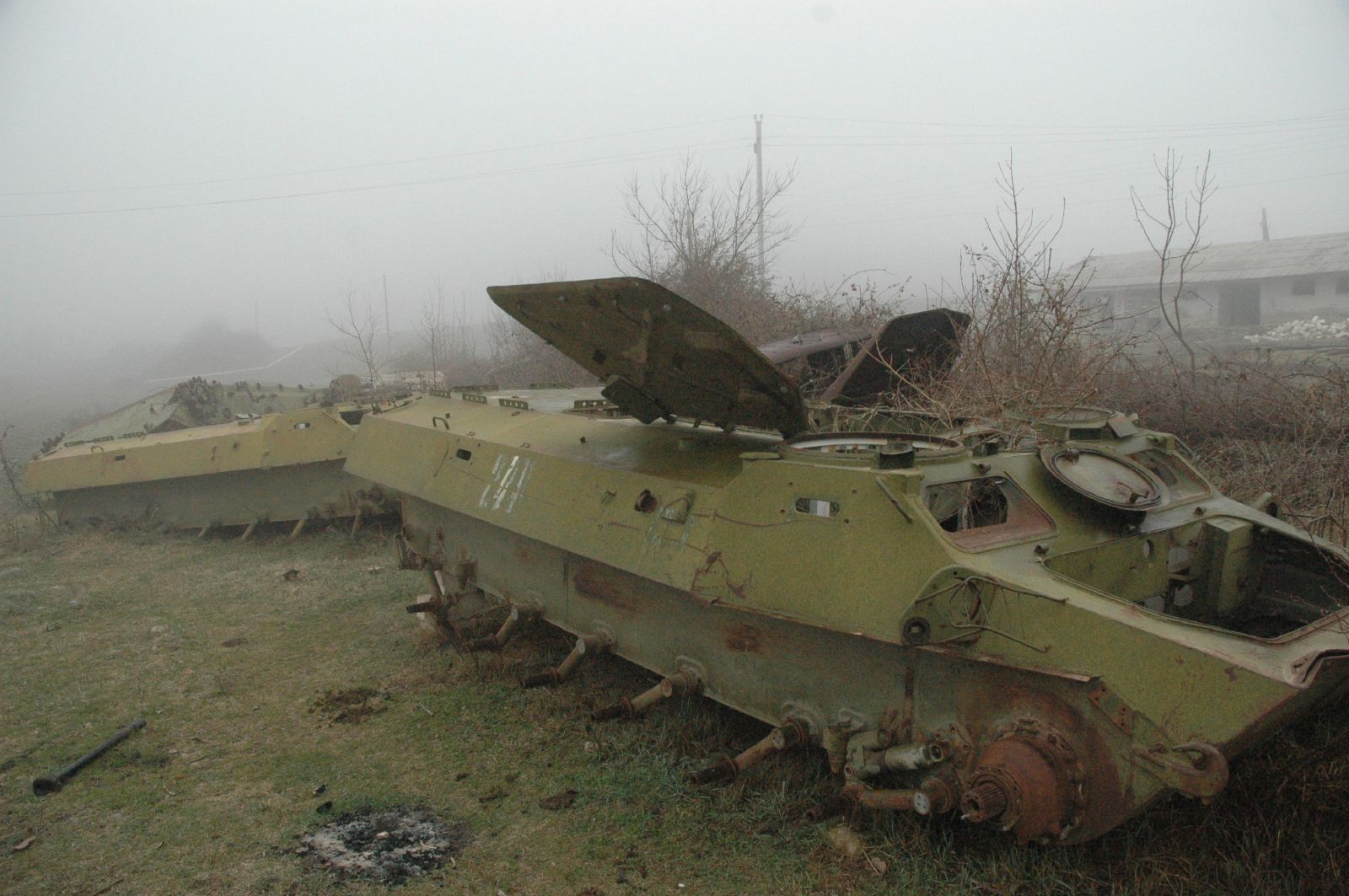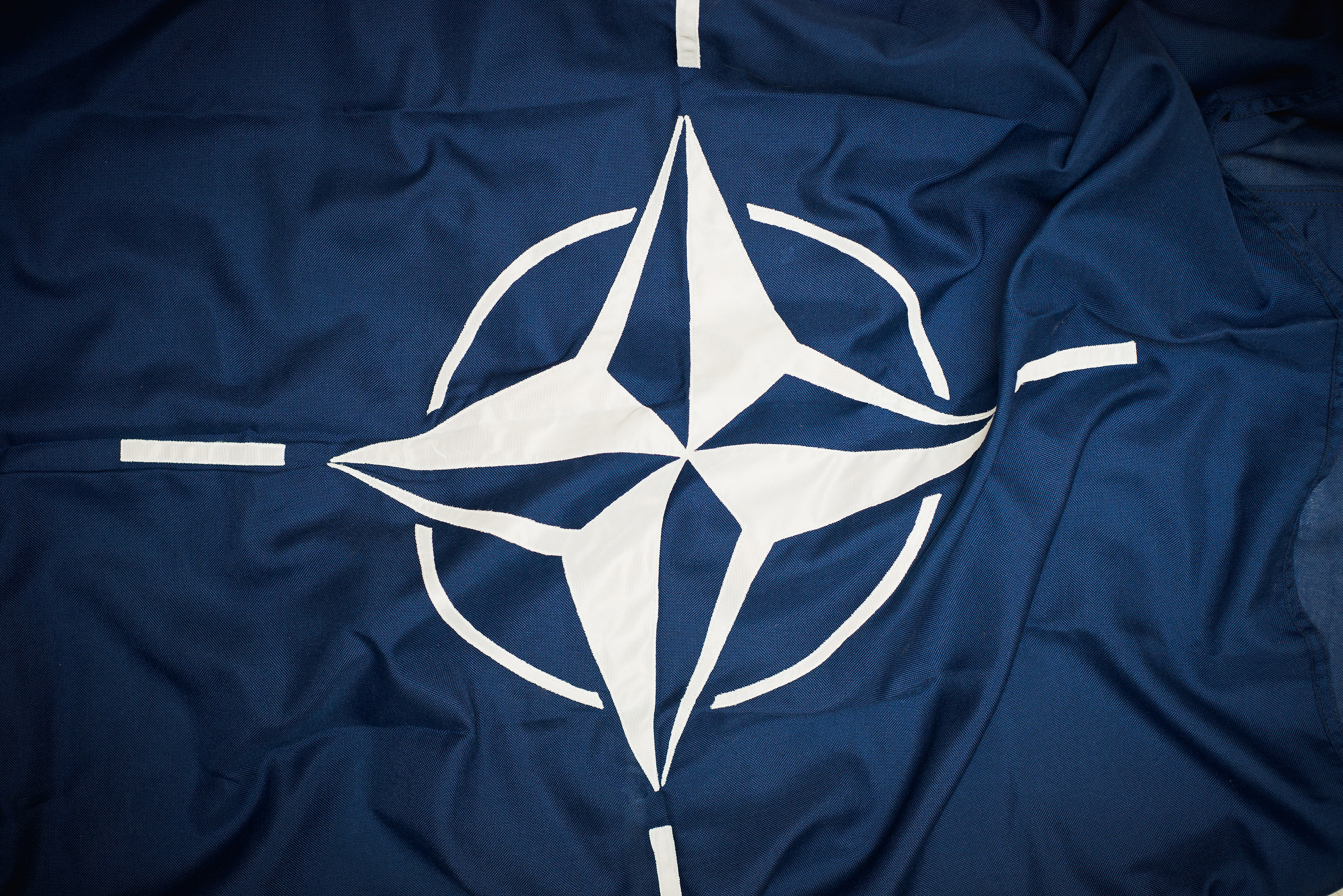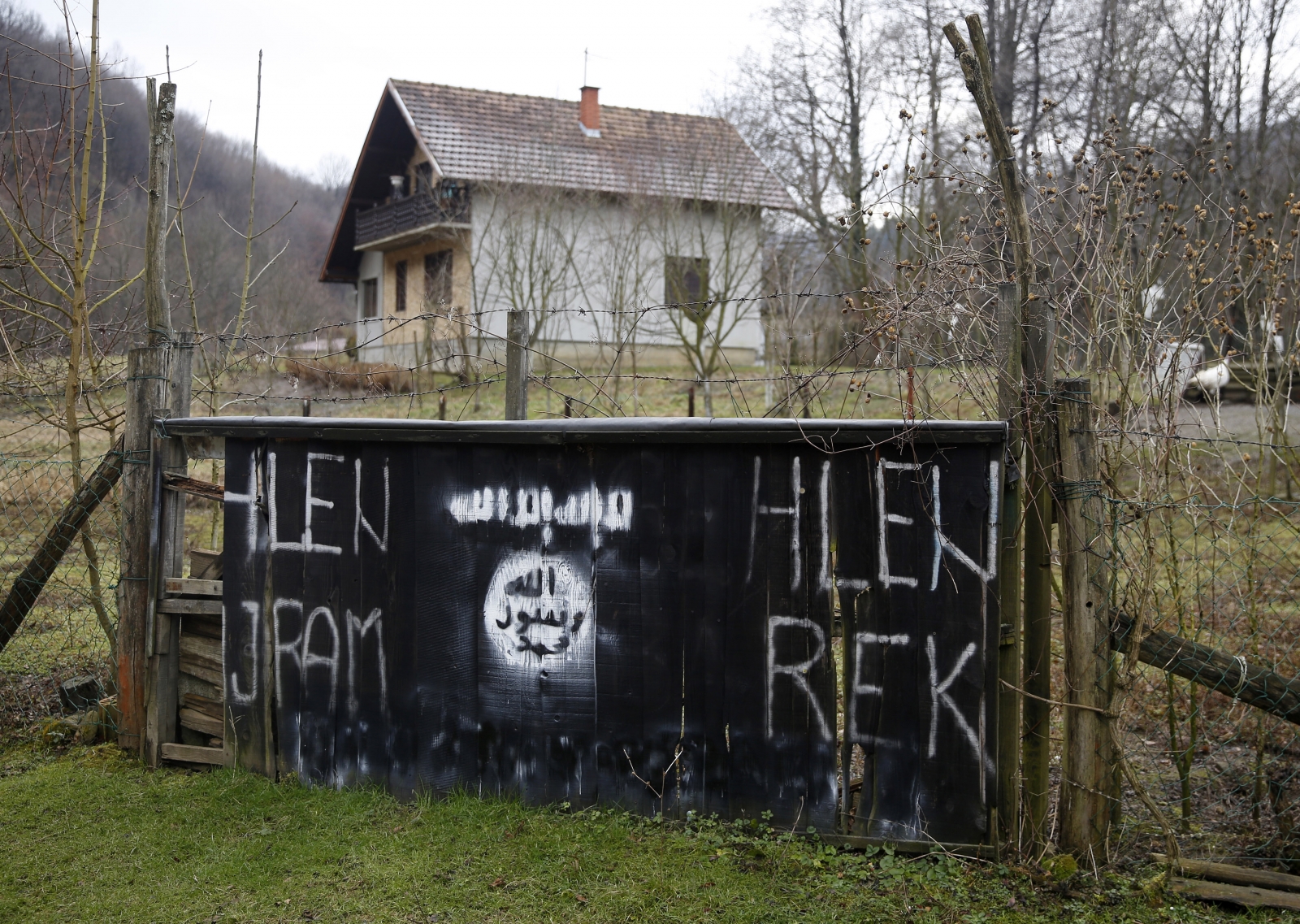At one time, South Korea was the bastion of democracy in East Asia. Thousands of conscious intellectuals, students, and citizens sacrificed themselves for South Korean democracy after almost 40 years of authoritarian rule. Today, the democratization movement in South Korea has lost its momentum, and the legacy of the movement is largely forgotten by the masses, and often discredited by pro-government groups. Today’s South Korea is much like pre-Maidan Ukraine and contemporary Russia. South Korea’s struggle to build democracy in a war-torn society offers a valuable lesson to Ukraine on how to avoid the same mistakes.
Although it was founded as a liberal democratic state in 1948, South Korea remained under the tyranny of the three authoritarian rulers until 1988. The three presidents, Rhee Syngman, Park Jung-hee, and Chun Doo-hwan, ruled the country with an iron fist. Kidnapping, assassination, torture, and censorship was applied to silence the masses. The struggle for democracy was never easy as exemplified by the case of the Gwangju Democratization Movement in 1980, where citizens picked up weapons to oust the ruthless Chun’s junta, and hundreds of citizens were massacred.
South Koreans refused to give up. The nation-wide demonstration in 1987, ignited by the death of a student activist who was tortured to death, forced Chun to step down and the first democratic presidential election in four decades was held. South Korean democracy reached its highest point between 1998 and 2008. The two presidents of the era were Kim Dae-jung and Roh Moo-hyun. During this period, there was a genuine effort from the government to repent of the sins of the past and continue improving the quality of democracy in South Korea. After establishing the Truth and Reconciliation Committee to investigate numbers of massacres carried out by the South Korean police and the military between 1948 and 1953, the government made a sincere apology to the victims and the survivors.
But after Roh’s presidency, the democracy and the overall quality of life in South Korea began to wane. Despite all the praises for South Korea’s sophisticated IT technology, K-pop culture, and strong work ethics, South Korea today needs a heavy dose of “Prozac.” South Korea has the world’s highest suicide rate, and the highest average alcohol consumption, due to long years of economic uncertainty. Among OECD countries, South Korea has the highest elderly poverty rate and the lowest GDP to welfare ratio. Physical and verbal abuse and sexual harassment, largely generated by its Spartan military culture, are common in schools and workplaces. People have grown tired of life without dignity and often end up finding sanctuary in an alternative reality, created by video games, TV shows, and the Internet. Or, they make what South Korean media calls “the extreme decision”—a euphemism for suicide.
 Corruption and accumulation by dispossession have been rampant in South Korea for a long time. While the masses are in agony, South Korean elites have raised national pride by winning the third place for capital hidden in tax havens in 2010, right after China and Russia. The collusion between chaebol, family-owned multinational corporations, and the ruling elites who come from families that had collaborated with the Japanese colonial regime and the military junta are the root causes of the problem. With the politicians and bureaucrats watching their back, the chaebols often act with impunity. While chaebols enjoy special privileges such as loose regulation, winning lucrative government contracts, and enormous tax breaks, smaller firms are often “bullied“ by chaebols and forced to accept bad deals. Individuals are often forced to work long hours for little pay or have no choice but to work in temporary positions that get treated far worse.
Corruption and accumulation by dispossession have been rampant in South Korea for a long time. While the masses are in agony, South Korean elites have raised national pride by winning the third place for capital hidden in tax havens in 2010, right after China and Russia. The collusion between chaebol, family-owned multinational corporations, and the ruling elites who come from families that had collaborated with the Japanese colonial regime and the military junta are the root causes of the problem. With the politicians and bureaucrats watching their back, the chaebols often act with impunity. While chaebols enjoy special privileges such as loose regulation, winning lucrative government contracts, and enormous tax breaks, smaller firms are often “bullied“ by chaebols and forced to accept bad deals. Individuals are often forced to work long hours for little pay or have no choice but to work in temporary positions that get treated far worse.
The onus should be on South Korean leaders, but South Korean voters chose Lee Myung-bak in the 2008 Presidential election. Lee had been convicted 14 times in the past, for numerous offenses including tax evasion, and election frauds. He managed to charm his voters with a promise to increase pensions, slash university tuition by half, and zero tolerance against North Korean provocations. But instead, he pushed for a pro-chaebol policy such as giving a huge tax break, and deregulating industry and government sectors. He eventually turned out to be South Korea’s Yanukovych, the only exception being that he got away scot-free. During his five years of presidency, an astronomical amount of tax money disappeared, and rule of law and citizens’ rights became meaningless.
 The current president is Park Geun-hye, the daughter of the former President Park Jung-hee, who ruled South Korea between 1963 and 1979. A credible source suggests the South Korean military and the National Intelligence Service (NIS) manipulated public opinion and the number of votes for Park. Park continues to foster the same pro-business, a pro-government policy that was carried out by the Lee administration.
The current president is Park Geun-hye, the daughter of the former President Park Jung-hee, who ruled South Korea between 1963 and 1979. A credible source suggests the South Korean military and the National Intelligence Service (NIS) manipulated public opinion and the number of votes for Park. Park continues to foster the same pro-business, a pro-government policy that was carried out by the Lee administration.
Under Park, the South Korean democracy received its death sentence. The South Korean Constitutional Court disbanded a pro-labor opposition party by ruling its existence as “unconstitutional” and for being “pro-North.” Amnesty International has condemned the decision as “a sign of shrinking space for freedom of expression.” Unfortunately, the average South Korean remains powerless as pro-government, ultraconservative media constantly brainwash them. Government critics are often harassed by ultraconservative activists and ‘internet trolls’.
From a model democratic society, today’s Korea has fallen into the same level of Yanukovych’s Ukraine and Putin’s Russia. The roots go down two ways: 1) A war becoming an opportunity for some to clear their names and; 2) The effort to rebuild society with respect to rule of law, fairness and equity has often stalled. South Korea’s history offers a forecast of what could happen to post-Maidan Ukraine, and how Ukrainians can prevent the same tragedy.





